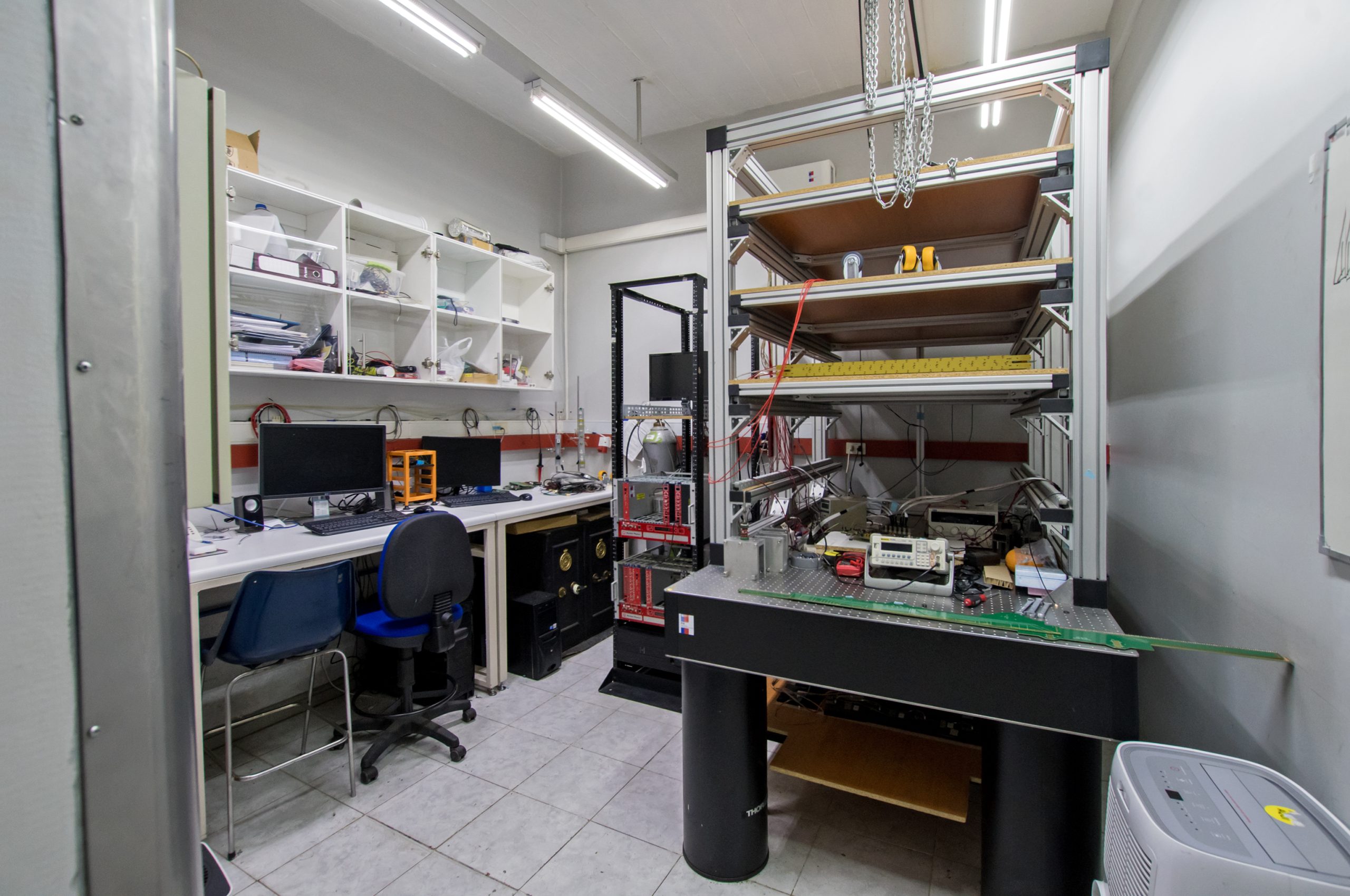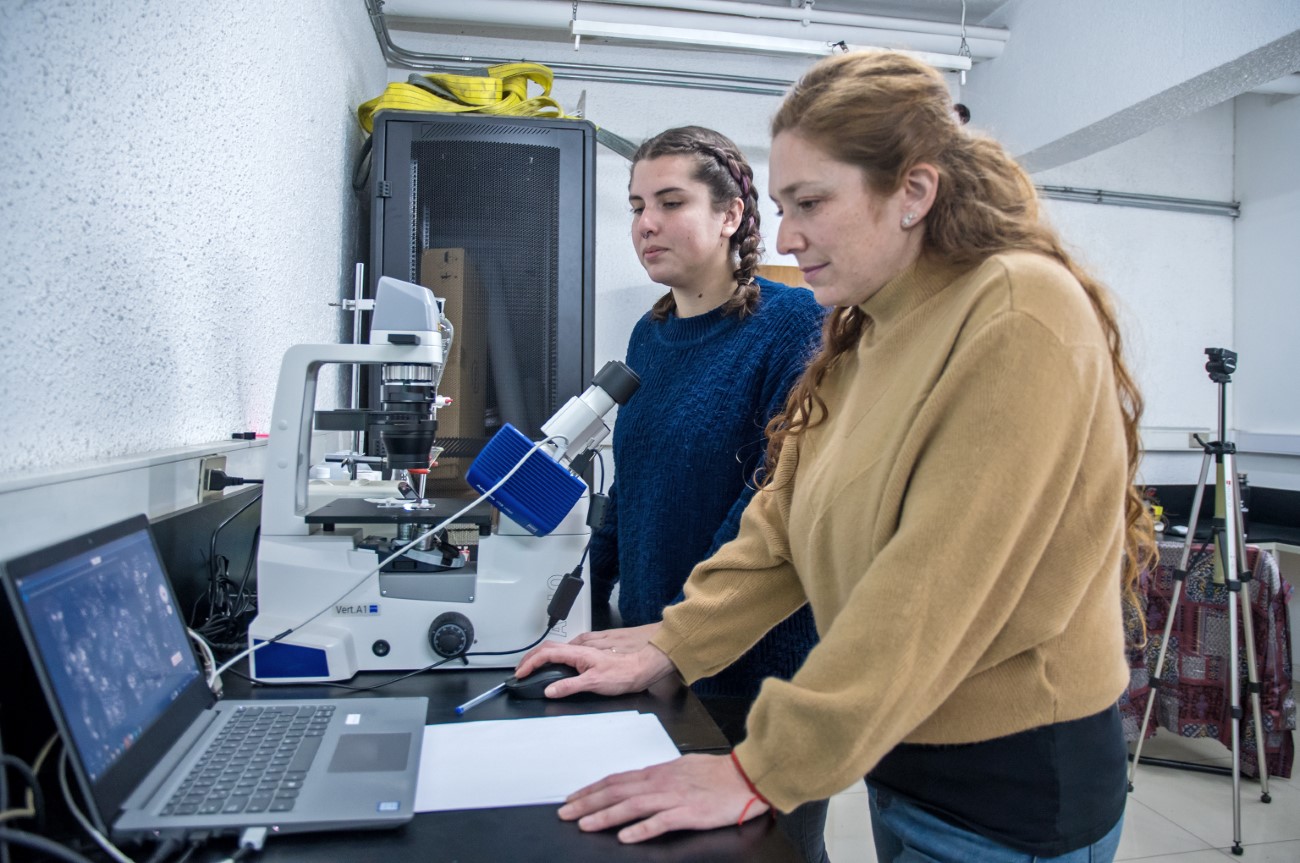Physics is an ambitious undertaking. The fall of an apple, the behavior of electrons on a memory chip and understanding the very origin of the Universe and its evolution are part of this great human endeavor. The UC Particle Physics Group actively participates in the search for answers to many of the fundamental questions that have fascinated and captivated us for millennia.
ON THIS PAGE
Description
In concert with the Large Hadron Collider experiment, LHC (Geneva, Switzerland), the UC Institute of Physics conducts research at the frontier of particle physics, exploring the fundamental forces – electromagnetic, weak and strong – that give life to the Standard Model, which describes the interaction between the particles that make up the universe. Our group participates in this experiment and our students regularly travel to Geneva to provide services at the accelerator.
The LHC has two roles. On the one hand, to verify that the Standard Model is correct in the energy scales that we can test today and, in this regard, the recent discovery of the Higgs boson represents a tremendous advance in that direction. On the other hand, the LHC should also find new physics, i.e., phenomena not observed until now that reveal the ingredients of new theories, deeper than the Standard Model. In addition, our group works on several topics that explore these ideas. Neutrino oscillations describe how these (incredibly elusive) particles acquire mass. A massive neutrino has profound implications stretching from microscopic physics to the large scale of cosmology.
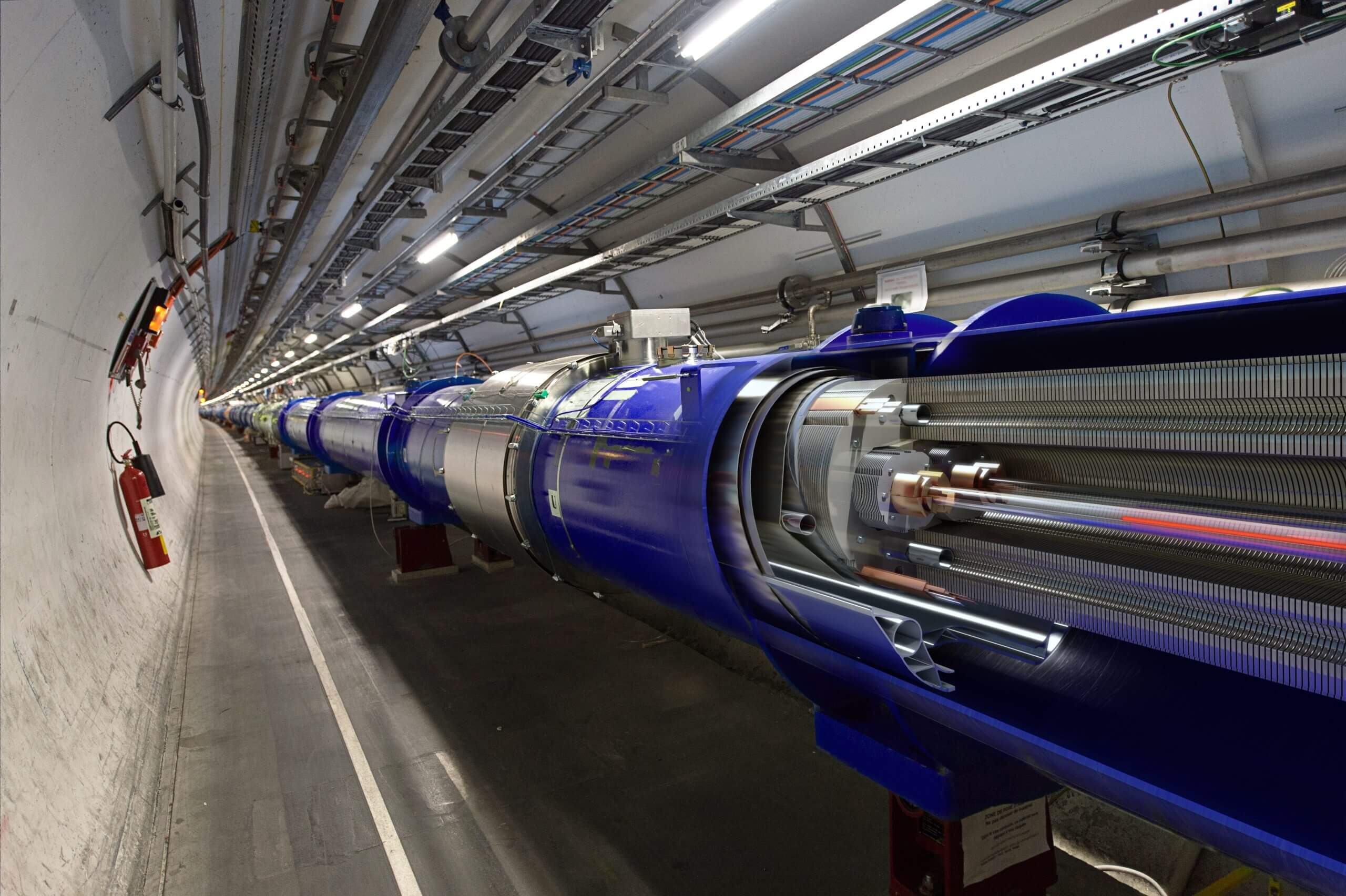
Questions this area strives to answer
There are multiple open questions in various parts of this area:
Non-commutative spaces
This is a purely theoretical idea. If true, it would imply the existence of minimum distances where it would make sense to talk about “space”. For smaller distances, the Universe becomes intrinsically quantum and many of our preconceptions cease to be valid.
Supersymmetry
Another purely theoretical idea that we expect the LHC to be able to validate or rule out. A symmetry between particles and interactions is proposed, and if true, a very attractive candidate would exist to solve the long-standing problem of dark matter.
Extensions/Lorentz symmetry violation
As in art and music, the concept of symmetry also plays a fundamental role in physics. The 3 theories that describe physics today (strong, electroweak and gravitational interactions) are constructed using symmetry arguments. If we call the symmetries around an axis N=1, and the symmetries with respect to a plane N = 2, N=3 is complicated. The expansion to N=infinity, then, proves impossible.
However, extremes often hide great simplifications. In elementary particle physics, “N” represents the number of symmetries. “Large N” is a fascinating topic in which our group has participated in several aspects. When discrepancies appear between experiments and theories, many physicists immediately challenge the symmetries and attempt to construct more general theories that harbor other symmetries, or in the opposite direction, without any symmetry at all!
Just as water can be found in at least three distinct phases, the physics of strong interactions presents an intriguing phase structure. For example, we expect that at very high temperatures or densities the protons will dissolve into their components (quarks and gluons), forming a new state of matter: quark-gluon plasma.
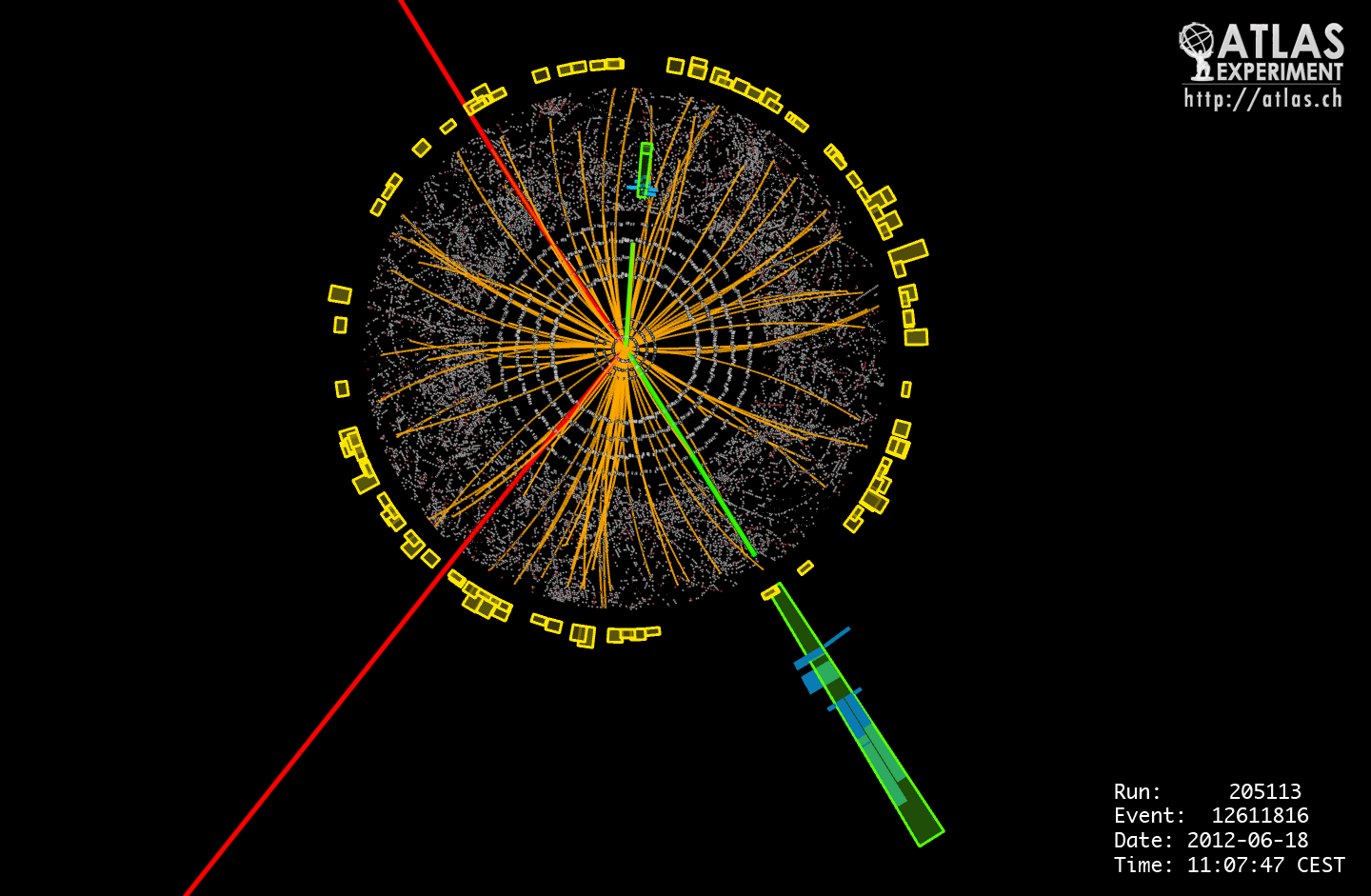
Cosmology, black holes, general relativity, the Universe
Two of the most important problems in particle physics are “dark matter” and “dark energy”. Both originate from astronomical observations: the dynamics of galaxies and background radiation show that there is much more matter and energy in the Universe than we see. These problems have spurred unprecedented collaboration between physicists and astronomers. One of the great unfinished projects of physics today is the integration of gravitation into the Standard Model. The rules of quantum mechanics are inconsistent with the rules of general relativity. After more than half a century of attempts, this fascinating question is still unresolved.
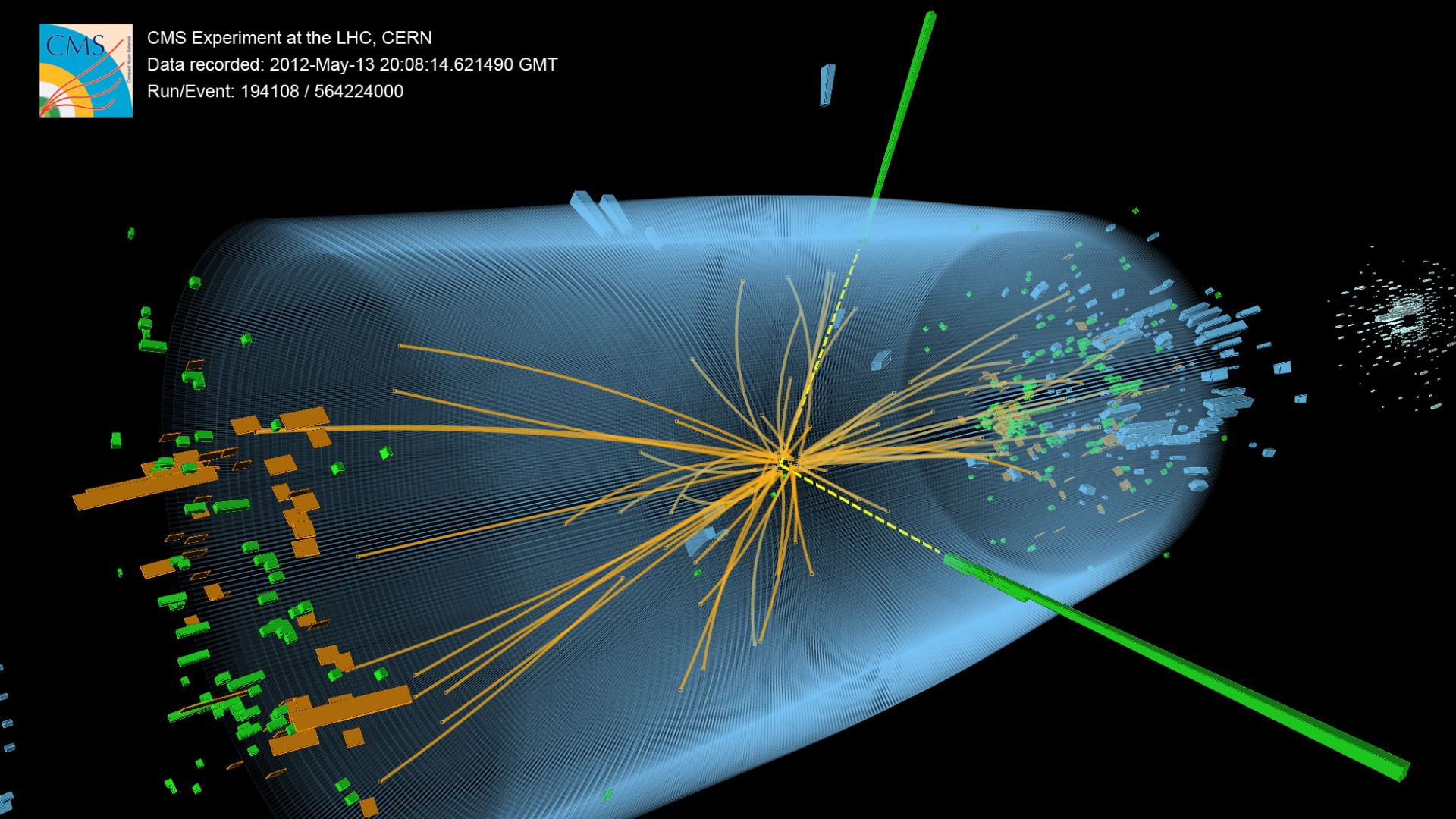
Research Area
